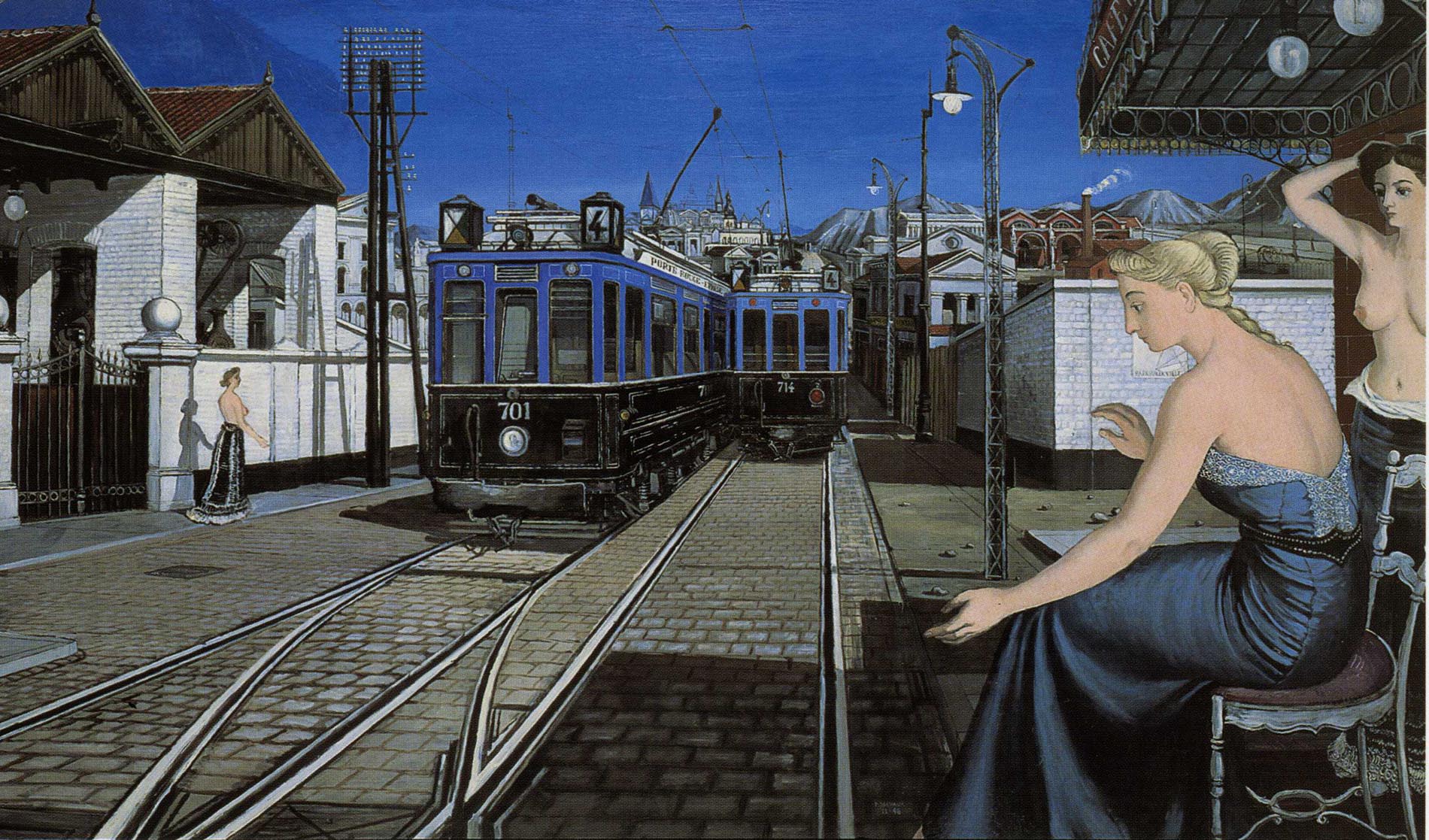He is one of the representatives of surrealist painting: Who is Paul Delvaux?
Delvaux mostly drew wide-eyed naked female figures and men dressed as bureaucrats, who liven up the spaces, and these figures seem to be waiting for a development with an unclear meaning. A theatrical atmosphere that evokes the world of dreams prevails in all his paintings.

(1897) Belgian painter. He is one of the representatives of surrealist painting. He was born in Antheit-Lez-Hul. He first studied architecture and then painting at the Brussels Academy of Fine Arts. He became known with the exhibition he opened at the Palace of Fine Arts in Brussels in 1928. He joined the Surrealism movement in 1936. In 1947, a film called Le Monde de Delvaux (“The World of Paul Delvaux”) was made about his art. The text of this film was written by the poet Paul Eluard. Starting from 1952, Paul Delvaux prepared wall panels for various buildings in Belgium. He worked as a lecturer at the National Institute of Architecture and Decorative Arts in Brussels.
Paul Delvaux (23 September 1897 – 20 July 1994) was a Belgian painter noted for his dream-like scenes of women, classical architecture, trains and train stations, and skeletons, often in combination. He is often considered a surrealist, although he only briefly identified with the Surrealist movement. He was influenced by the works of Giorgio de Chirico and René Magritte, but developed his own fantastical subjects and hyper-realistic styling, combining the detailed classical beauty of academic painting with the bizarre juxtapositions of surrealism.
Delvaux initially had an understanding between Impressionism and Expressionism, in which the influences of Permeke (1886-1952), an expressionist painter, were visible. He later developed a unique style that integrated Magritte's surrealism and Chirico's metaphysical painting within the scope of Veristic Surrealism.
Delvaux used various places as the subject of his paintings, from environments shaped by the columned structures of Ancient Greek architecture to train stations, from Italian mansions to waiting rooms with a suffocating atmosphere. The wide-eyed naked female figures and men dressed as bureaucrats, who mostly enliven these places, seem to be waiting for a development with an unclear meaning. A theatrical atmosphere that evokes the world of dreams prevails in all his paintings.
----------------------
10 things to know about Paul Delvaux
https://www.christies.com/en/stories/10-things-to-know-about-paul-delvaux-1452e3eb7dd94f52a799fb4bd4b1c8b3
